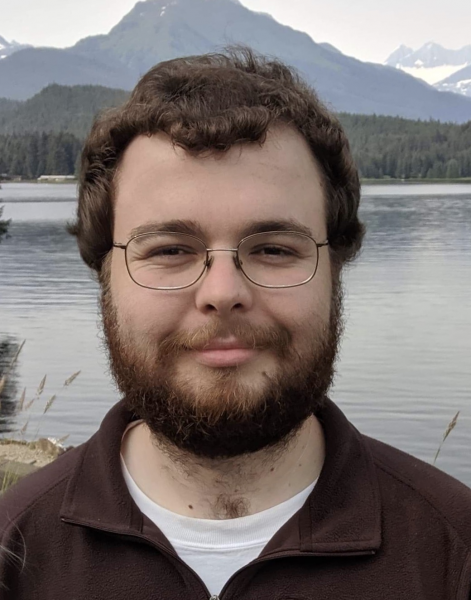Large-N and large-T seismology with structural vibrations
Ethan F. Williams
Seismological Laboratory, California Institute of Technology

- Date & Time
- Location
- Online-only seminar via Microsoft Teams
- Summary
In recent decades, the volume of research seismographic data from broadband and nodal arrays has exponentially outpaced the growth of structural and geotechnical data. With this revolution, new frontiers in “large-N” and “large-T” seismology have emerged, from monitoring ground water in sedimentary basins to high-resolution microseismic event location. By contrast, without continuous recordings and dense networks, current engineering practice for seismic structural health monitoring and post-earthquake damage assessment remains comparatively primitive. In this talk, I will make the case for big data in engineering seismology, highlighting the multi-scale complexity of structural vibrations in time and space, as well as the value of new technologies like distributed acoustic sensing (DAS).
First, I will focus on a 20-year record from a single strong-motion station (“large-T”). Since 2001, the Southern California Seismic Network has archived continuous waveform data from CI.MIK in Caltech Hall (formerly Millikan Library), a nine-story reinforced concrete building in Pasadena, CA. Simple spectral analysis of ambient vibrations reveals that the building's fundamental frequencies have gradually increased by 5.1% (E-W) and 2.3% (N-S), with larger long-term variability up to 9.7% (E-W) and 4.4% (N-S). This finding is unexpected, as previous analysis of forced vibration tests and strong-motion records has shown that between 1968 and 2003 the fundamental frequencies decreased by 22% (E-W) and 12% (N-S), largely attributed to minor structural damage and soil-structure system changes from earthquakes. Today, the building's apparent stiffness is comparable to what it was in 1986, before the Whittier Narrows earthquake, indicating significant passive healing. Using data from earthquakes and forced vibrations, I also document the building's nonlinear dynamic elasticity, which is characterized by a rapid softening (decrease in apparent frequencies) at the onset of strong motion, followed by a slower, log-linear recovery trend over the scale of minutes. Importantly, nonlinearity persists down to the amplitude of ambient vibrations, and there is no linear elastic regime.
Second, I will present two examples of DAS arrays recording structural vibrations in the far-field (“large -N”). Through rocking, displacement, and shearing of the foundation, structural vibrations driven by cyclic loading efficiently generate seismic waves. (1) With DAS data from seafloor power cables in the Belgian North Sea, I show that Scholte waves generated by wind turbine structural vibrations dominate the high-frequency ambient seismic field between 1-5 Hz. Utilizing array processing, these vibrations can be localized to individual turbines, opening the door for remote operational and structural health monitoring of an entire offshore wind park with a single DAS system. (2) Returning to Caltech Hall, forced vibration tests are similarly effective at exciting Rayleigh waves at the building’s natural frequencies. The Pasadena Array, a 37.5-km fiber-optic loop instrumented with DAS since 2018, records the building-generated seismic waves at 10-m resolution throughout the city. This combination of a repeatable 1-10 Hz controlled source with an ultra-dense recording array permits high-resolution seismic microzonation on the scale of a city block and time-lapse near-surface velocity monitoring.
Closed captions are typically available a few days after the seminar. To turn them on, press the ‘CC’ button on the video player. For older seminars that don’t have closed captions, please email us, and we will do our best to accommodate your request.
 Jump to Navigation
Jump to Navigation